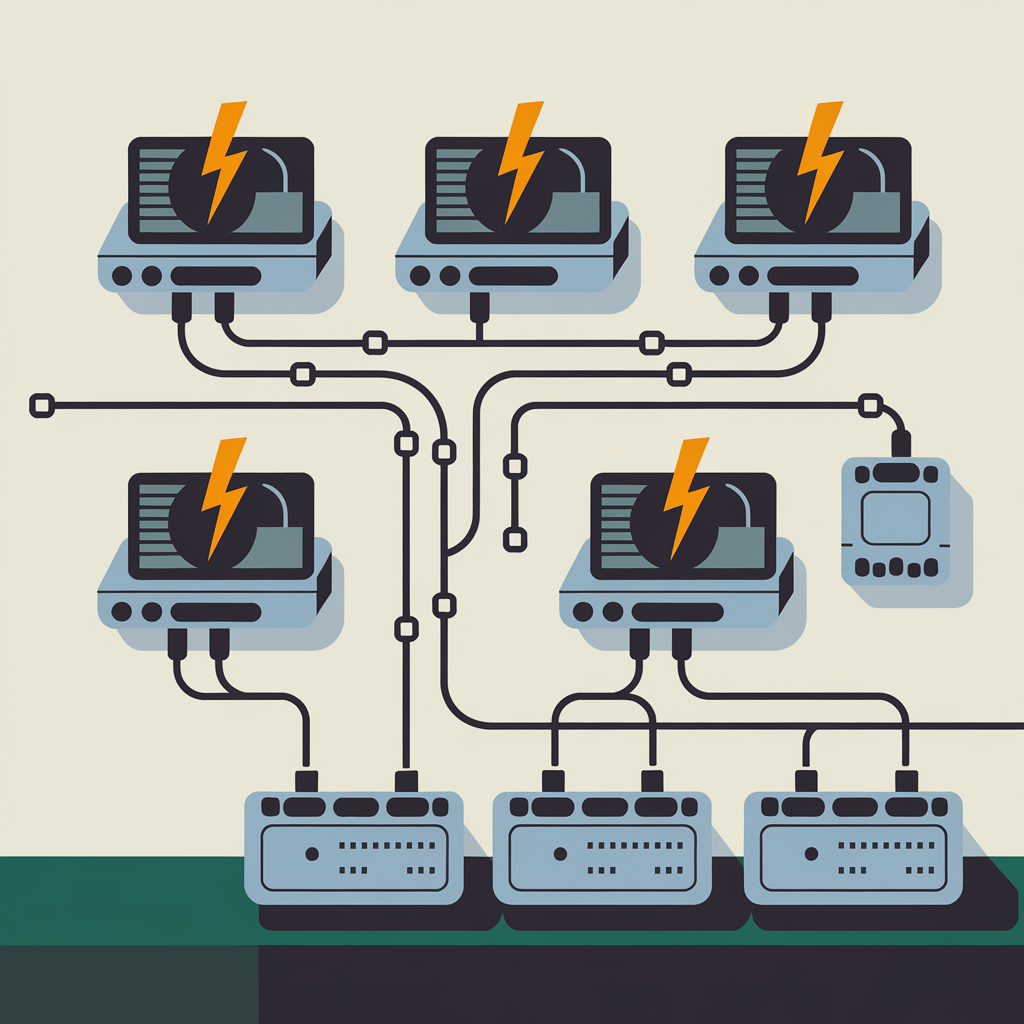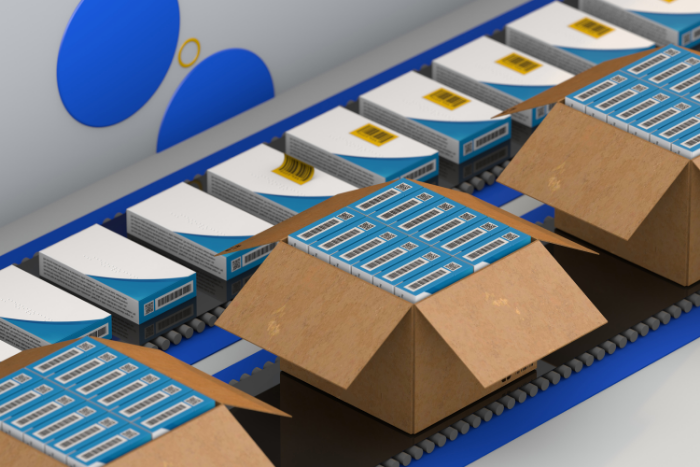In the ever-evolving world of technology, the demand for seamless and high-speed internet connections continues to grow. Whether it’s for remote work, online gaming, or streaming, a stable and fast network connection is a necessity. Traditional Wi-Fi networks can struggle with interference and coverage issues, especially in larger homes or office buildings. This is where powerline networking technology comes into play, offering a unique solution to connectivity problems by using the existing electrical wiring in your home or office to create a fast and reliable network connection.
What is Powerline Networking Technology?
Powerline networking, also known as HomePlug or Powerline Communication (PLC), allows you to extend your internet connection using the electrical wiring in your home or office. Essentially, powerline adapters plug into your electrical outlets, using the existing power lines to transmit internet data. These adapters act as a bridge, sending and receiving data signals between your modem or router and other devices connected through power outlets.
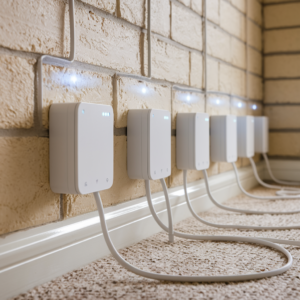
How Powerline Networking Works
Powerline networking technology works by turning your electrical wiring into a network cable. It involves two main components:
-
Powerline Adapters: One adapter connects to your router, and the other adapter is plugged into an electrical outlet near the device you wish to connect to the internet. These adapters transmit the data signals over the power lines, providing a wired-like connection.
-
Electrical Wiring: The existing electrical wiring acts as the medium through which the data signals travel. Powerline networks can cover long distances, as electrical wiring can be found throughout most homes and commercial buildings.
Powerline adapters typically come in two versions:
- Ethernet Powerline Adapters: These adapters use an Ethernet port to connect to a device, such as a computer, gaming console, or TV.
- Wi-Fi Powerline Adapters: These adapters add Wi-Fi capability to areas of your home or office where the wireless signal may be weak.
Advantages of Powerline Networking Technology
Powerline networking offers several advantages over traditional Wi-Fi networks and other wired connections. Here are some of the key benefits:
1. Improved Coverage
One of the most significant advantages of powerline networking is its ability to extend coverage across large areas. Unlike Wi-Fi, which can be limited by walls, floors, and other obstructions, powerline networking works through the electrical wiring of your building. This can help eliminate dead zones and provide a more stable connection in areas where Wi-Fi signals are weak.
2. Easy Setup
Setting up a powerline network is relatively simple and doesn’t require any technical expertise. Simply plug in the adapters, follow the setup instructions, and your network should be up and running within minutes. This ease of use makes it an ideal solution for homeowners and small businesses.
3. Faster Speeds
Powerline networks can provide faster speeds compared to Wi-Fi, especially in buildings with thick walls or multiple floors. While Wi-Fi speeds can be affected by distance and interference from other devices, powerline networking uses wired connections, which are typically faster and more reliable.
4. No Need for New Wiring
One of the biggest advantages of powerline networking is that it doesn’t require you to install new cables. You can use the existing electrical wiring in your home or office, saving both time and money.
5. Enhanced Security
Powerline networks are more secure than wireless networks since the data is transmitted through the electrical wiring rather than over the air. Additionally, most powerline adapters come with encryption features to protect your network from unauthorized access.
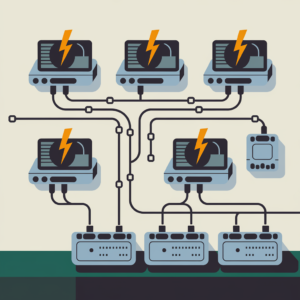
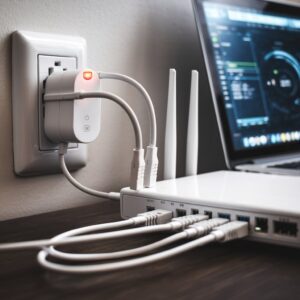
Disadvantages of Powerline Networking
While powerline networking has its advantages, there are also some limitations to consider:
1. Interference
Powerline networking can be susceptible to interference from devices that use a lot of electricity, such as microwaves or air conditioners. This can cause a drop in performance or stability. However, newer powerline models have improved filtering capabilities to reduce this issue.
2. Compatibility
Powerline networking may not work well in older homes or buildings with outdated electrical wiring. The quality and condition of the electrical wiring can affect the performance of the powerline network.
3. Limited Range
The range of a powerline network is typically limited to the electrical wiring within the building. This means that it may not be suitable for large homes with separate buildings or areas with very complex electrical systems.
Powerline Networking vs. Wi-Fi and Ethernet
Powerline networking is often compared to Wi-Fi and Ethernet connections, and each option has its own advantages and drawbacks.
Wi-Fi:
- Pros: Wireless convenience, ideal for mobile devices, and easy to set up.
- Cons: Limited coverage in large homes, potential interference, and slower speeds over distance.
Ethernet:
- Pros: Reliable, fast speeds, and low latency.
- Cons: Requires new cables to be run through the building, which can be time-consuming and costly.
Powerline Networking:
- Pros: Easy setup, no need for new cables, and reliable speeds.
- Cons: Limited to the electrical wiring in the building and can be affected by interference.
Choosing the Right Powerline Adapters
When selecting powerline adapters for your home or business, it’s essential to consider factors such as speed, range, and additional features. Here’s a comparison table to help you choose the right adapter:
| Feature | Powerline Adapters A | Powerline Adapters B | Powerline Adapters C |
|---|---|---|---|
| Speed | 500 Mbps | 1000 Mbps | 2000 Mbps |
| Wi-Fi Capability | No | Yes | Yes |
| Range | 300 meters | 500 meters | 600 meters |
| Price | $50 | $80 | $120 |
| Security | WPA2 Encryption | WPA3 Encryption | WPA3 Encryption |
| Plug and Play | Yes | Yes | Yes |
Conclusion
Powerline networking technology is an excellent solution for extending internet connectivity throughout your home or office without the hassle of running new wires. Whether you’re dealing with Wi-Fi dead zones or need a faster and more reliable connection, powerline adapters offer a simple and effective alternative to traditional network setups.
Before investing in powerline networking equipment, it’s important to ensure that your home or office has suitable electrical wiring. Also, consider the potential for interference and choose high-quality adapters for optimal performance.
With continued advancements in powerline networking technology, it’s likely that we’ll see even faster speeds, more reliable connections, and increased compatibility in the near future. Powerline networking remains a great choice for those seeking a stable and hassle-free network connection.
High Authority Links:
- Powerline Technology Overview – Broadcom
- HomePlug Alliance – Powerline Networking
- TechRadar: Best Powerline Adapters
- CNET: Powerline Network Explained
These links offer in-depth insights into the technology behind powerline networking, its applications, and reviews of the best products available in the market. For those considering implementing powerline networking, these resources are valuable for further research.
